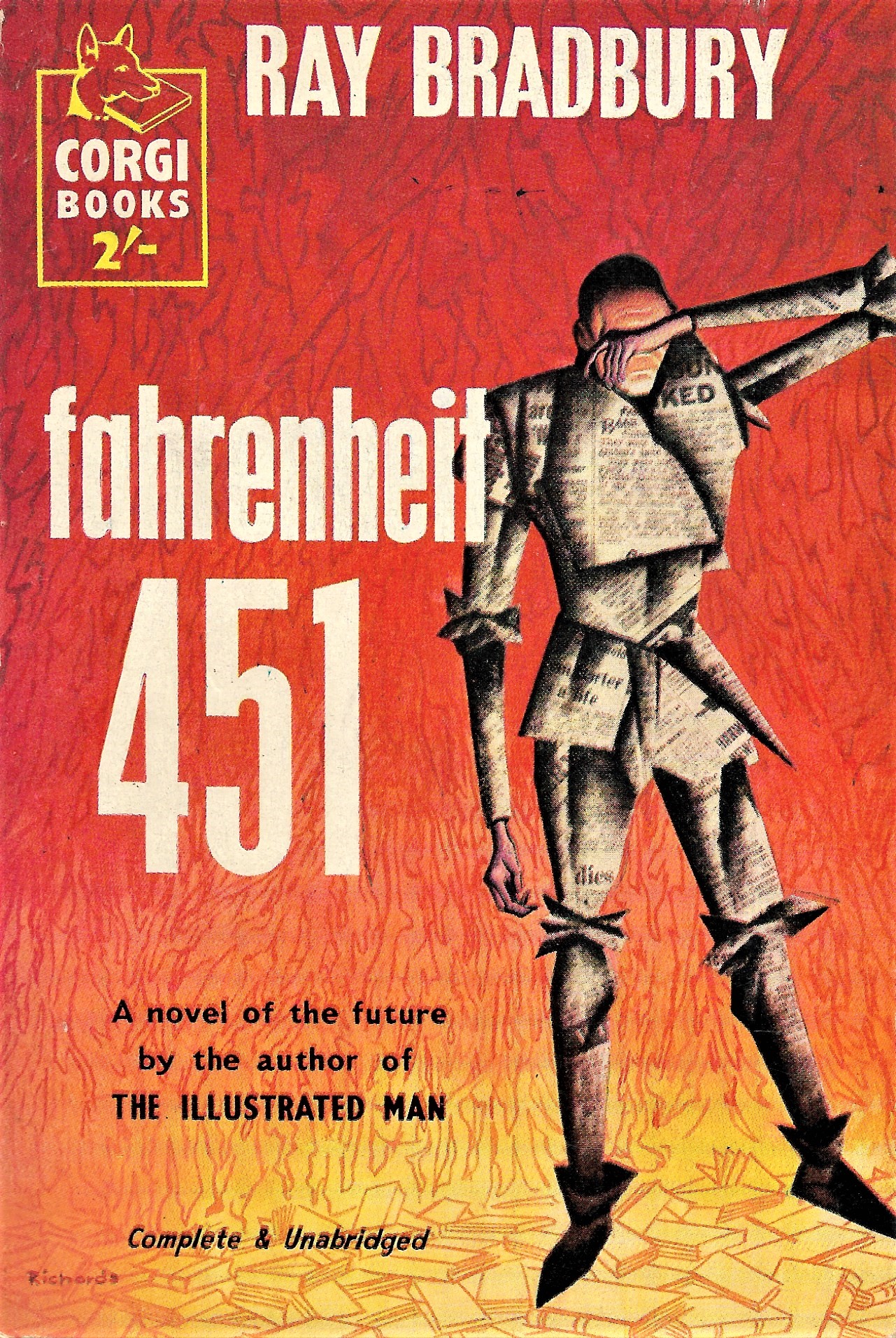- Short Novels: Why Some 20 Songs Only Make Sense After Heartbreak - December 22, 2025
- 10 Fictional Lives You’ll Miss Like Old Friends - December 22, 2025
- 7 Times the Wrong Person Got Credit for Changing History - December 22, 2025
1. 1984 – George Orwell (1949)

George Orwell’s “1984” stands as a stark warning about a future dominated by mass surveillance, government propaganda, and the ever-watchful “Big Brother.” This dystopian narrative paints a picture of a society where privacy is obliterated, and the government scrutinizes every facet of human life. Today, Orwell’s foresight is realized in the ubiquitous presence of CCTV cameras, internet tracking by corporations, and the expansive data collection practices by tech behemoths. According to the Electronic Frontier Foundation, a significant majority of Americans, over 70%, feel that their online activities are under surveillance. This discomfort reflects Orwell’s chilling vision of a world where personal freedoms and privacy are constantly under threat.
2. Brave New World – Aldous Huxley (1932)

Aldous Huxley’s “Brave New World” depicts a society entranced by pleasure, entertainment, and consumerism. Huxley envisioned a world where control is exerted not through force but through the seductive power of entertainment and mood-altering substances like “soma,” which can be likened to modern antidepressants. In our current digital era, a similar phenomenon is evident as social media, streaming platforms, and consumer culture dominate daily life. A Pew Research Center study revealed that 69% of U.S. adults engage with social media, underscoring the pervasive influence of entertainment in shaping our routines and interactions.
3. Fahrenheit 451 – Ray Bradbury (1953)

Ray Bradbury’s “Fahrenheit 451” explores a future where society becomes disinterested in books, favoring screens and censorship instead. The novel introduces “parlor walls,” akin to today’s smart TVs and interactive screens. As we navigate a world increasingly driven by digital media, the rise of censorship debates, especially around social media, echoes Bradbury’s warnings. The American Library Association reported over 300 book challenges in 2020 alone, highlighting a growing trend in censorship that resonates with the novel’s themes.
4. Neuromancer – William Gibson (1984)

William Gibson’s “Neuromancer” is a pioneering work that foresaw the emergence of the internet, virtual reality, and hacking. Written before the internet’s mainstream adoption, Gibson’s cyberpunk narrative envisioned a digital world filled with hackers and AI. Today, the internet is integral to our lives, and cybersecurity threats are omnipresent. Cybersecurity Ventures predicts that by 2025, cybercrime will cost the global economy $10.5 trillion annually, validating Gibson’s insightful depiction of the digital landscape.
5. The Handmaid’s Tale – Margaret Atwood (1985)

Margaret Atwood’s “The Handmaid’s Tale” delves into themes of governmental control over women’s rights and reproductive freedoms. Although rooted in historical events, Atwood’s narrative continues to resonate with contemporary issues regarding women’s rights. Recent legislative changes in the U.S. have sparked fervent debates over reproductive rights, making Atwood’s work feel alarmingly relevant. The Guttmacher Institute reported that 2021 witnessed the highest number of abortion restrictions enacted in a single year, highlighting the ongoing struggle for reproductive rights vividly depicted in the novel.
6. Snow Crash – Neal Stephenson (1992)

In “Snow Crash,” Neal Stephenson introduces the concept of the Metaverse, virtual reality realms, and digital avatars. Before the term “metaverse” became popularized by tech leaders like Mark Zuckerberg, Stephenson envisioned a future where individuals engage in immersive virtual environments. Today, with the surge in virtual reality gaming and social platforms, the concept of a digital universe is taking shape. Statista reports that the global virtual reality market is projected to reach $57.55 billion by 2027, further affirming Stephenson’s predictions.
7. The Machine Stops – E.M. Forster (1909)

E.M. Forster’s “The Machine Stops” envisions a future where people live in isolation, communicating solely through screens and heavily reliant on machines. Written over a century ago, this narrative eerily mirrors today’s remote work culture and social media interactions. The COVID-19 pandemic accelerated the shift to remote work, with many experiencing the isolation and technological dependency Forster described. A Buffer survey found that 20% of remote workers struggle with loneliness, underscoring the relevance of Forster’s insights into human connection in a technology-driven world.
8. Stand on Zanzibar – John Brunner (1968)

John Brunner’s “Stand on Zanzibar” portrays a chaotic world grappling with overpopulation, mass shootings, and globalization. The novel’s depiction of an overcrowded society rife with political unrest and corporate dominance resonates with current issues. The United Nations projects the global population will reach 9.7 billion by 2050, raising concerns about overpopulation and resource management. Additionally, the rise of mass shootings in the U.S. has sparked national debates on gun control, echoing the societal chaos depicted in Brunner’s work.
9. Looking Backward – Edward Bellamy (1888)

Edward Bellamy’s “Looking Backward” envisioned a future where credit cards and online shopping were commonplace. The novel’s depiction of a society using “credit” cards for purchases and home delivery mirrors modern e-commerce practices. In 2021, the global e-commerce market reached $4.28 trillion, demonstrating the accuracy of Bellamy’s predictions. As digital payments become increasingly common, Bellamy’s foresight into the future of commerce remains strikingly relevant.
10. We – Yevgeny Zamyatin (1924)

Yevgeny Zamyatin’s “We” explores themes of totalitarian regimes, constant surveillance, and the loss of personal freedom. This Soviet-era novel inspired Orwell’s “1984” and predicted state control over individuals. Today, authoritarian governments and surveillance states continue to emerge globally, with reports of increased governmental monitoring in countries like China. According to Freedom House, 2021 marked the 15th consecutive year of decline in global freedom, reflecting the chilling realities Zamyatin foresaw in his work.

CEO-Co-Founder

